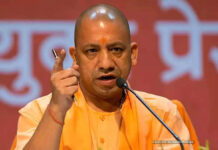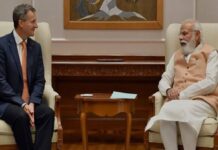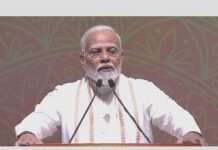SRIHARIKOTA: As the launch vehicle carrying Aditya L1, the country’s maiden solar mission, lifted off successfully from Sriharikota in Andhra Pradesh, Annapurni Subramaniam, director, Indian Institute of Astrophysics, Bengaluru, said the mission will be the first to probe into the innermost part of the Sun — Corona.
Speaking to ANI moments before the launch of the country’s maiden solar mission, Subramaniam said, “We have boarded the main instrument on board the launch vehicle carrying Aditya L1. It is the Visible Line Emission Coronagraph (VELC). It will enable an unobstructed view of the Sun.”
“It will observe the Sun in the state of an eclipse all the time. This will be the first mission, which will take a close look at the innermost part of the Sun, the Corona,” she added.
The spacecraft will be placed in a halo orbit around the Lagrange point 1 (L1) of the Sun-Earth system, allowing continuous viewing of the sun without any eclipses or obstructions.
Mayank N Vahia, a retired professor from Tata Institute of Fundamental Research, told ANI that the last solar mission that went to the L1 point was launched five years before Aditya L1.
“The mission will observe the Sun simultaneously in optical, UV, and X-rays,” he added.
The launch vehicle will carry seven different payloads, which will conduct a detailed study of the sun. Four of the payloads will observe the light from the Sun while the other three will measure in-situ parameters of the plasma and magnetic fields.
L1 is 1.5 million km away from the Earth in the direction of the sun. It is expected to cover the distance in four months’ time.
Major objectives of India’s solar mission include the study of the physics of solar corona and its heating mechanism, the solar wind acceleration, coupling and dynamics of the solar atmosphere, solar wind distribution and temperature anisotropy, and origin of Coronal Mass Ejections (CME) and flares and near-earth space weather.
The Aditya-L1 mission holds the promise of significantly advancing our understanding of the Sun’s behaviour and its interactions with Earth and the space environment.
On August 23, India took a giant leap as the Chandrayaan-3 lander module touched down successfully on the moon’s South Pole, entering the record books as the first country to have achieved the historic feat.
India also became only the fourth country after the US, China, and Russia to have successfully placed a lander on the moon’s surface. (ANI)







